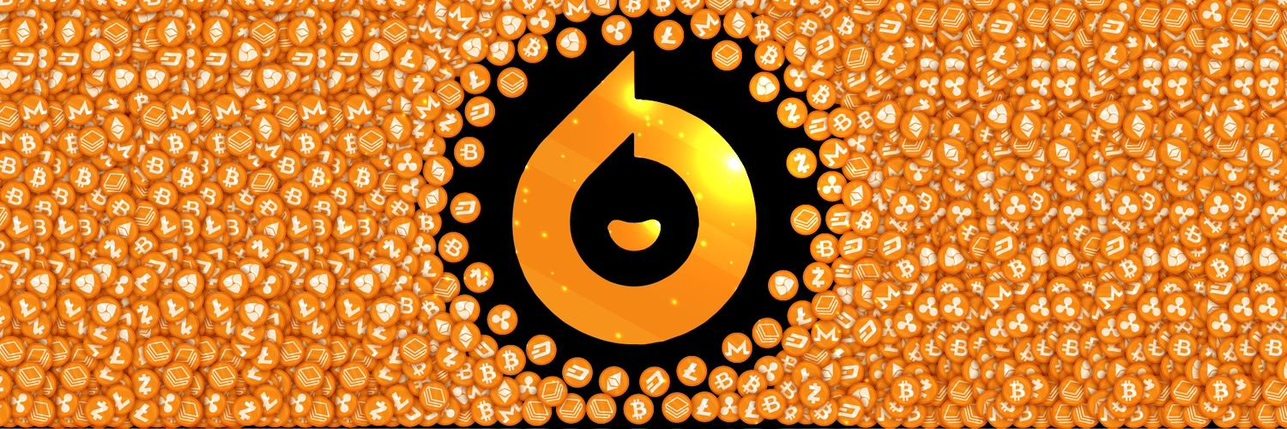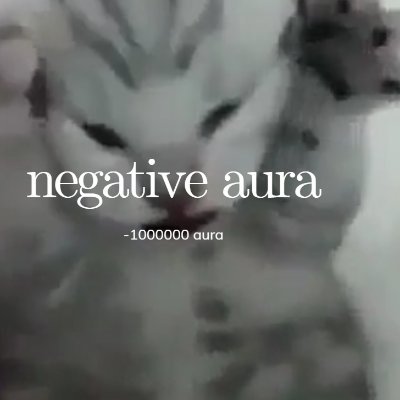


Oasisの価格ROSE
ROSEからJPYへの交換
Oasisに投票しましょう!
Oasis (ROSE)について
Oasis Networkとは?
Oasis Networkは、プライバシーを可能にするレイヤー1のブロックチェーンプラットフォームであり、機密性の高いスマートコントラクトを通じて、データの制御と所有権をユーザーに回復するよう設計されており、これらのコントラクトは、処理中であってもデータのプライバシーを維持し、責任あるデータ経済を促進します。このネットワークは、EthereumやBitcoinのような有名なプラットフォームと似ていますが、毎秒約1000件のトランザクションを処理できる強化されたトランザクション速度で際立っており、この特徴は、特に低い取引コストに重点を置くEthereumの強力な代替手段として位置付けられています。
個人データが非常に人気の高い商品となったデジタル時代において、Oasis Networkはデータ経済の再構築を目指しています。それは、ユーザーがプライバシーを損なうことなく、自分のデータをコントロールし、ステークし、収益化する自律性を持つ分散型データ市場を構想しており、このアプローチは、ユーザーのデータを保護するだけでなく、彼らが企業と共有するデータから収入を得る道を開くでしょう。
関連資料
ホワイトペーパー:https://docsend.com/view/aq86q2pckrut2yvq
公式サイト:https://oasisprotocol.org/
Oasis Networkの仕組み
Oasis Networkの機能の中核は、コンセンサスレイヤーとパラタイムレイヤーというユニークな2層構造です。コンセンサスレイヤーは、スケーラブルなDPOS(Delegated Proof-of-Stake)コンセンサスアルゴリズムを搭載し、分散化されたバリデーターの集合によって管理され、ネットワークのセキュリティと完全性を維持する役割を担っています。一方、パラタイムレイヤーは複数の並列ランタイム(ParaTimes)をホストし、それぞれが状態を共有する複製された計算環境を表現することで、ネットワークのスケーラビリティを高め、集中的な計算をサポートします。
この分離により、同時トランザクション処理が容易になり、あるParaTimeの複雑なワークロードが他のParaTimeのパフォーマンスを妨げることがないようになっています。さらに、このネットワークはトークン化されたデータを活用しており、ユーザーや開発者は、機密コンピューティングによってデータのプライバシーを確保しながら、高い整合性でポリシーを記録することができます。この機能により、BinanceやChainlinkを含むいくつかの評判の高いプロジェクトがOasisのトークナイズドデータを利用するようになりました。
ROSEトークンとは?
Oasis NetworkのネイティブユーティリティトークンであるROSEトークンは、エコシステムにおいて極めて重要な役割を果たしています。トークンの供給上限は100億トークンで、取引手数料、ステーキング、コンセンサスレイヤーでの委任など、複数の目的を果たし、ユーザーにネットワークの安全確保を奨励するため、ステーキング報酬も提供しています。
Oasis Networkの金融への影響
Oasis Networkは、金融部門、特に急成長しているDeFi分野における革新の道標となっています。プライバシーを第一に考えた設計により、開発者は従来の金融ネットワークと統合できる可能性のある金融アプリケーションを作成することができ、DeFiの機能をより多くの人々に提供することができます。さらに、データ管理へのアプローチは従来のビジネスモデルを覆し、ユーザーがWeb 3.0体験からより多くの利益を得ることを可能にします。
Oasis Networkの価格決定要因
Oasis Network (ROSE)の価値は、暗号資産界隈でホットな話題となっており、RedditやX(Twitter)などのプラットフォームで、熱狂的なファンがROSEトークンの予想について熱心に議論しています。ROSEの価格は、その革新的なテクノロジーと強力なコミュニティの後ろ盾に影響され、時価総額の拡大に反映されています。投資家は、ROSEのニュースやOasis Networkの最新情報を熱心にフォローし、十分な情報に基づいた投資判断を行っており、
ROSEの価格推移は、より広範な暗号資産市場の動向とその発展の節目に影響された軌跡を示しています。また、ROSEのチャートに描かれているように、戦略的パートナーシップとコラボレーションは、その価格ダイナミクスにおいて極めて重要な役割を果たしており、ネットワークが新しいスマートコントラクトとDeFiアプリの立ち上げに焦点を当てたロードマップに着手するにつれて、ROSEの取引量は急増すると予想され、価格予測の議論の焦点となっています。
まとめ
結論として、データプライバシーと分散型金融に対する画期的なアプローチを持つOasis Networkは、ブロックチェーンと暗号資産の領域における新しい時代の頂点に立っています。その革新的な構造と有望なROSEトークンは、より安全で、効率的で、ユーザー中心のデジタル経済への道を開いています。そして、コラボレーションを促進し、エコシステムを拡大し続けるOasis Networkは、デジタル空間におけるデータ所有と金融取引のパラダイムを再定義する可能性を秘めた、紛れもなく注目すべきプロジェクトです。
OasisのAI分析レポート
本日のOasis価格(JPY)
Oasisの価格履歴(JPY)
 最低価格
最低価格 最高価格
最高価格 
Oasisの最高価格はいくらですか?
Oasisの最安価格はいくらですか?
Oasisの価格予測
ROSEの買い時はいつですか? 今は買うべきですか?それとも売るべきですか?
2026年のROSEの価格はどうなる?
2031年のROSEの価格はどうなる?
よくあるご質問
オアシス(ROSE)コインの価格に影響を与える要因は何ですか?
Oasis (ROSE) コインの将来価格をどのように予測できますか?
オアシス(ROSE)コインは2024年に良い投資ですか?
Oasis (ROSE) コインはどこで購入できますか?
オアシス(ROSE)コインは将来的に1ドルに達することができるでしょうか?
Oasis (ROSE) コインの現在の最高値 (ATH) は何ですか?
オアシスネットワークの技術はROSEコインの価格にどのように影響しますか?
Oasis (ROSE) コインに投資する際のリスクは何ですか?
今後、Oasis(ROSE)コインの価格に影響を与える可能性のあるイベントはありますか?
オアシス (ROSE) コインを効果的に取引するためにどのような戦略を使用できますか?
Oasis Network は優良投資先ですか
Oasis Network のユースケースを教えてください
Oasis Network の価格予測はどのようになっていますか
Oasis Network は ROSE トークンの供給と価値をどのように管理しているのですか
Oasis Network の価値に影響を与えるのはどのような要因ですか
Oasis Network はどのようにしてプライバシーと秘密保持を実現しているのですか
Oasisの現在の価格はいくらですか?
Oasisの24時間取引量は?
Oasisの過去最高値はいくらですか?
BitgetでOasisを購入できますか?
Oasisに投資して安定した収入を得ることはできますか?
Oasisを最も安く購入できるのはどこですか?
Oasisに関するニュース
Oasis市場
Oasisの集中度別保有量
Oasisの保有時間別アドレス

Oasisのグローバル価格
- 1
- 2
- 3
- 4
- 5
Oasis(ROSE)の購入方法

無料でBitgetアカウントを作成します

アカウントを認証する

OasisをROSEに交換
ROSE無期限先物を取引する
Bitgetに登録し、USDTまたはROSEトークンを購入した後、ROSE先物やマージン取引を含むデリバティブ取引を開始することができ、収入を増やすことができます。
ROSEの現在価格は¥3.26で、24時間の価格変動は-1.88%です。トレーダーはROSE先物をロングまたはショートすることで利益を獲得できます。
エリートトレーダーをフォローして、ROSEのコピートレードを始めましょう。
Bitgetの新規上場
もっと購入する
Oasis(ROSE)はどこで買えますか?
動画セクション - 素早く認証を終えて、素早く取引へ

ROSEからJPYへの交換
Oasisの評価
Bitgetインサイト





関連資産
Oasisの追加情報
通貨のアップデート情報
取引
Bitget Earn
ROSE/USDT
現物ROSE/USDT
マージンROSE/USDT
USDT-M

































Oasisのソーシャルデータ
直近24時間では、Oasisのソーシャルメディアセンチメントスコアは1で、Oasisの価格トレンドに対するソーシャルメディアセンチメントは弱気でした。全体的なOasisのソーシャルメディアスコアは153で、全暗号資産の中で224にランクされました。
LunarCrushによると、過去24時間で、暗号資産は合計1,058,120回ソーシャルメディア上で言及され、Oasisは0.02%の頻度比率で言及され、全暗号資産の中で125にランクされました。
過去24時間で、合計1,226人のユニークユーザーがOasisについて議論し、Oasisの言及は合計199件です。しかし、前の24時間と比較すると、ユニークユーザー数は増加で15%、言及総数は減少で18%増加しています。
X(Twitter)では、過去24時間に合計1件のOasisに言及したポストがありました。その中で、0%はOasisに強気、100%はOasisに弱気、0%はOasisに中立です。
Redditでは、過去24時間にOasisに言及した29件の投稿がありました。直近の24時間と比較して、Oasisの言及数が12%増加しました。
すべてのソーシャル概要
1